
Low Blood Sugar (Hypoglycemia)
Hypoglycaemia describes the condition of too low a blood sugar level, which is a great danger especially for the brain, as it needs sugar as an energy source. When a lack of sugar occurs, symptoms such as heart palpitations, trembling or sweating often occur. A particularly severe hypoglycaemia can even be fatal for the human organism. It is mainly diabetics who are affected by this. You can read interesting facts about the symptoms, causes as well as the treatment of hypoglycaemia here.
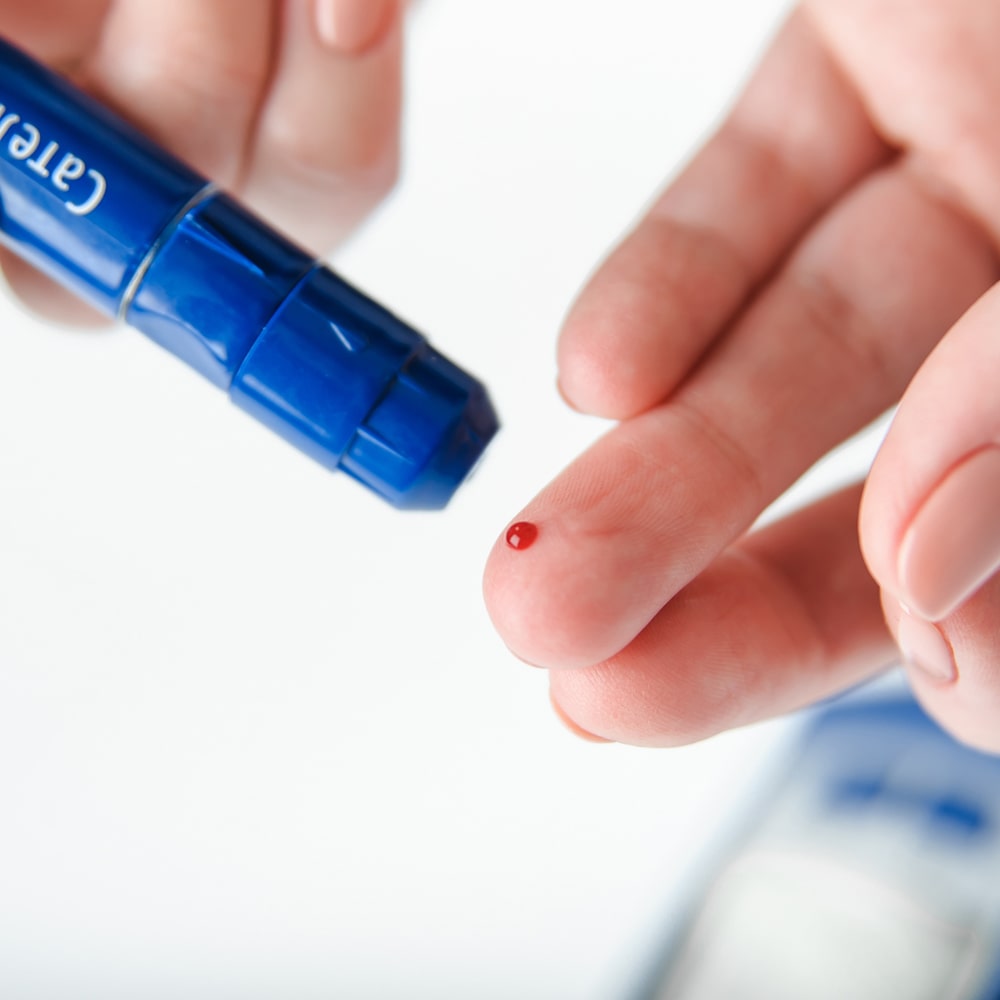
Diabetes Hand and Blood Glucose Measurement Hypoglycaemia
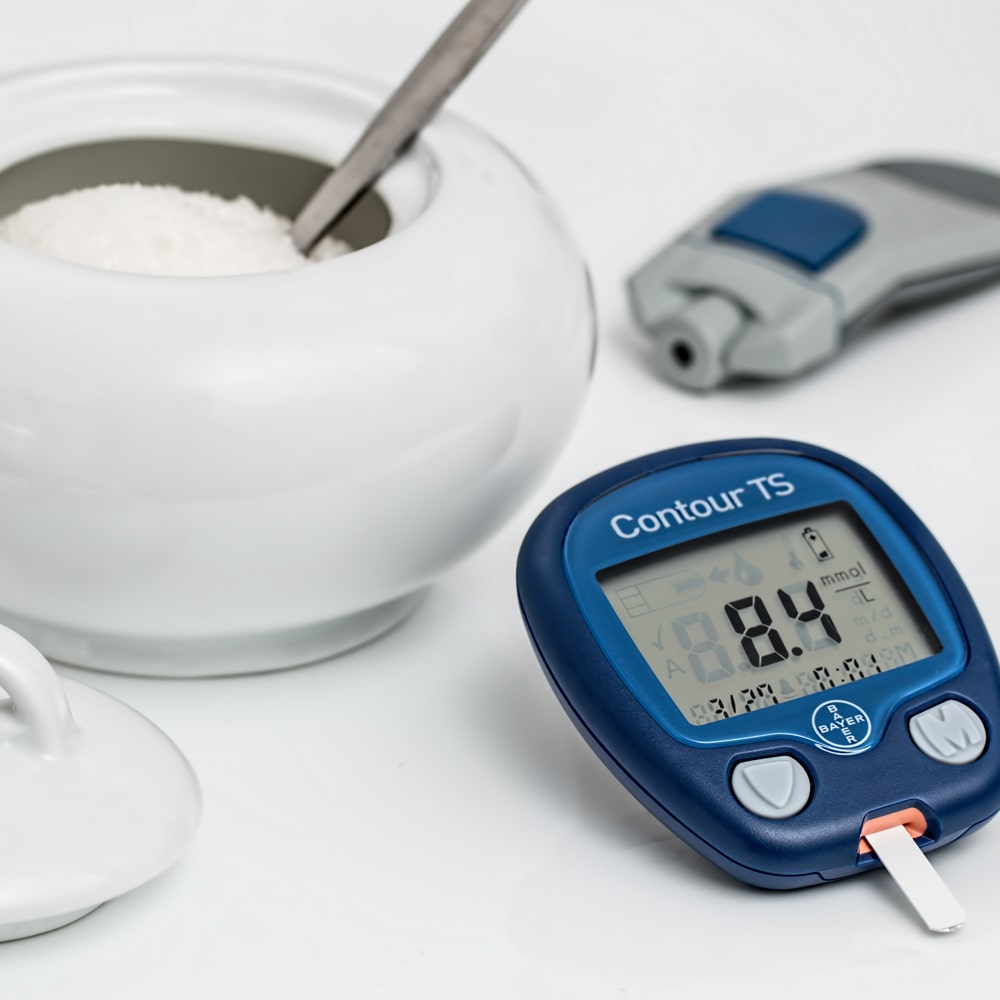
Diabetes and Low Blood Glucose Hypoglycaemia
Overview of contents:
- What exactly does hypoglycaemia mean? Hypoglycaemia is a condition called low blood sugar. The blood sugar level drops below 50 mg/dl.
- Symptoms: mainly heart palpitations, ravenous hunger, trembling or pale skin, sometimes also concentration problems, nausea or headaches
- Causes: When the body uses more glucose than it has available, hypoglycaemia occurs. Pre-existing conditions such as diabetes, hormonal or metabolic disorders or also various intolerances and medications are often the triggers of this process.
- Measures: The blood sugar level can often be normalised again by consuming glucose or sweetened drinks. However, in the case of more severe hypoglycaemia, an infusion may also be necessary in some cases.
- Risks: In the case of a particularly severe hypoglycaemia, seizures, unconsciousness, breathing and circulatory problems as well as paralysis may be the result. Rarely, hypoglycaemia can also mean death.
What is hypoglycaemia?
If the concentration of blood sugar (glucose) drops to a value of less than 50 milligrams per decilitre, this is called hypoglycaemia. This condition is also known colloquially as hypoglycaemia.
Normally, certain hormones ensure a stable blood sugar level. A value between 70 and 100 milligrams per decilitre in a fasting state is defined as stable.
If the blood sugar level is too low, symptoms such as trembling, palpitations, ravenous appetite or general restlessness may occur. At a later stage, hypoglycaemia can also cause confusion or even coma.
It is not possible to define exactly when hypoglycaemia becomes noticeable. Some people do not notice any symptoms even at a value of less than 50 mg/dl. Others, on the other hand, already feel signs of hypoglycaemia at a significantly higher value.
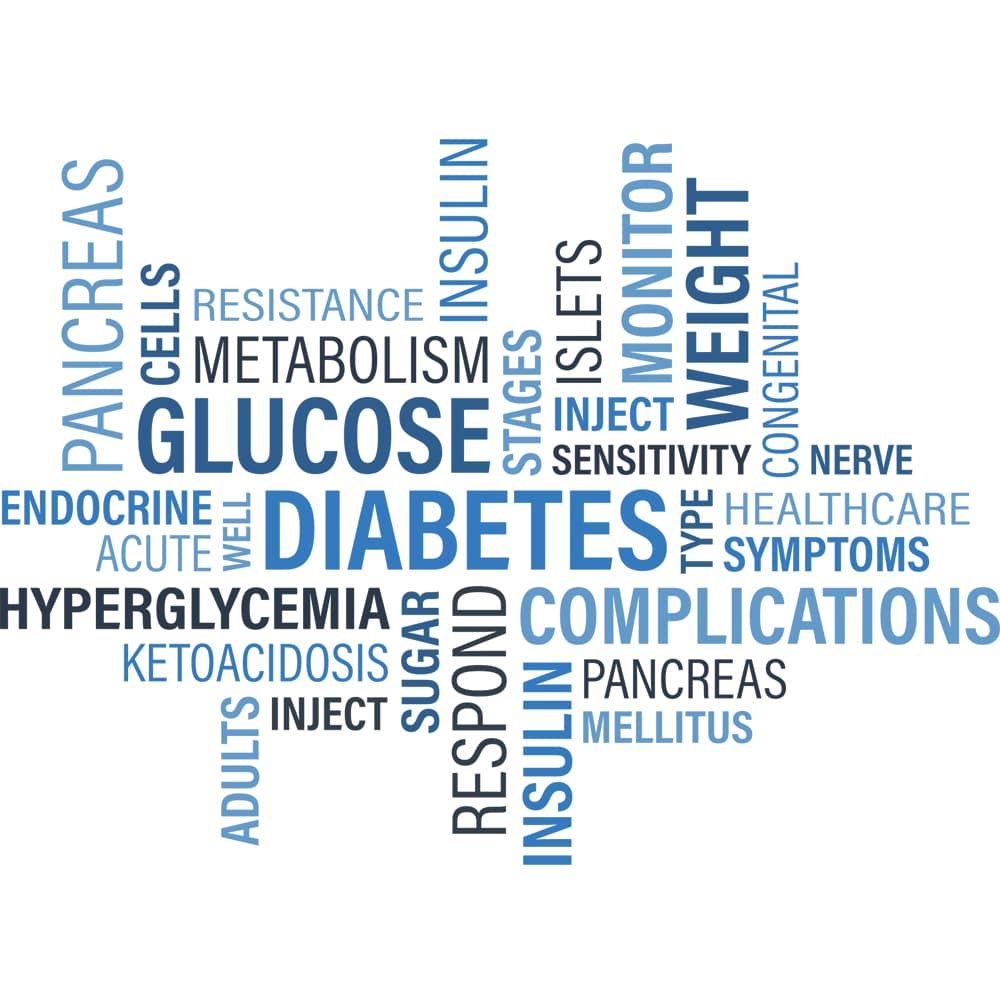
Hypoglycaemia Diabetes Insulin
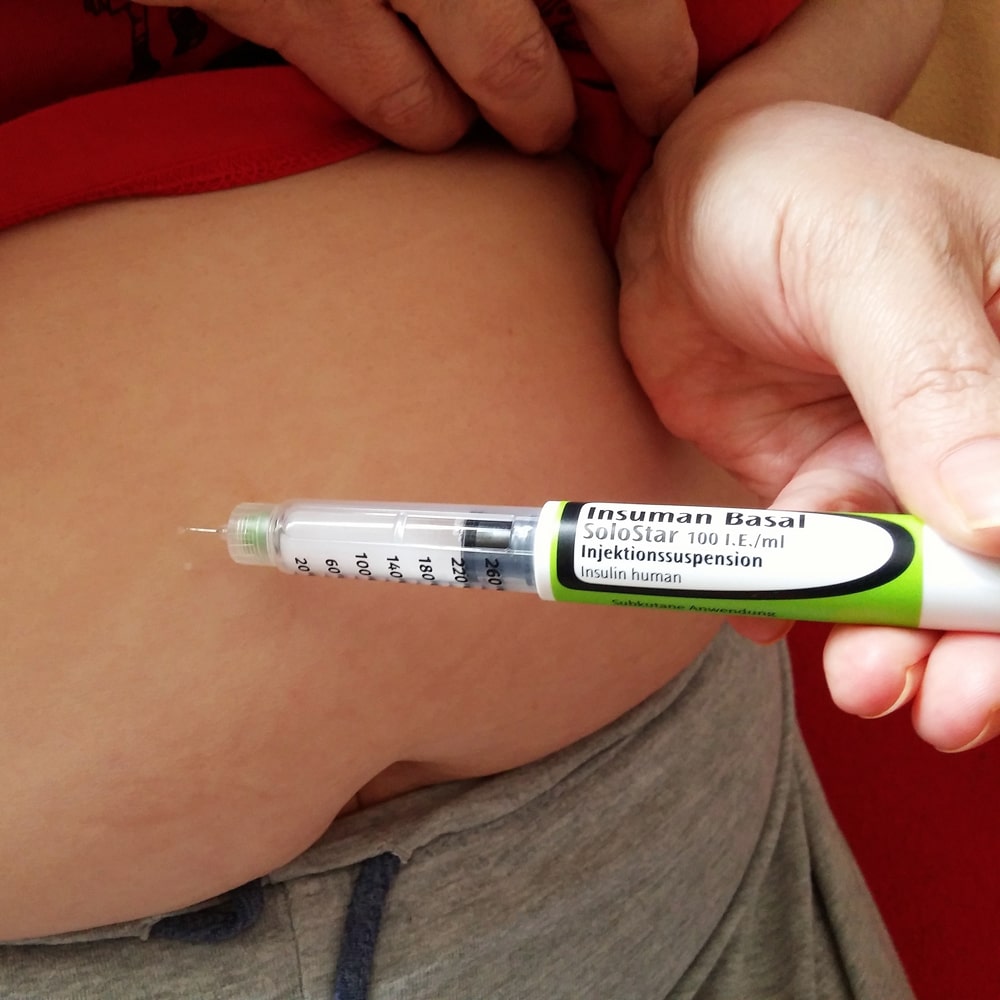
Hypoglycaemia Insulin injection
How do I prevent hypoglycaemia?
Diabetics are among the most likely to experience hypoglycaemia. However, they often notice the symptoms very late or not at all. For this reason, it is especially important for diabetics to know at what time hypoglycaemia is most likely to occur.
Diabetics can learn how to prevent hypoglycaemia and how to react to it in special seminars or training courses. Usually, these seminars are conducted by doctors or diabetes counsellors.
Symptoms of hypoglycaemia
For the human body, hypoglycaemia is associated with a great deal of stress. The brain must be permanently supplied with sufficient glucose. To do this, the body must perform glycogenolysis (conversion of glycogen into glucose) and produce new sugar (gluconeogenesis). This in turn requires the stress hormones adrenaline and cortisol, which are secreted by the adrenal glands.
The following symptoms develop during hypoglycaemia:
- General restlessness as well as slight irritability
- Sweating
- trembling
- Increase in blood pressure and palpitations
- Paleness of the skin
- ravenous appetite, in rare cases nausea and even vomiting
- Dizziness
Symptoms of severe hypoglycaemia
A particularly severe hypoglycaemia can also trigger neurological symptoms due to the insufficient supply to the brain. These include
- Lack of strength
- tiredness
- Headache
- Disorientation
- Difficulty concentrating
- Unconsciousness
- Seizures
- Speech disorders
- coordination problems
- paralysis may also occur in rare cases
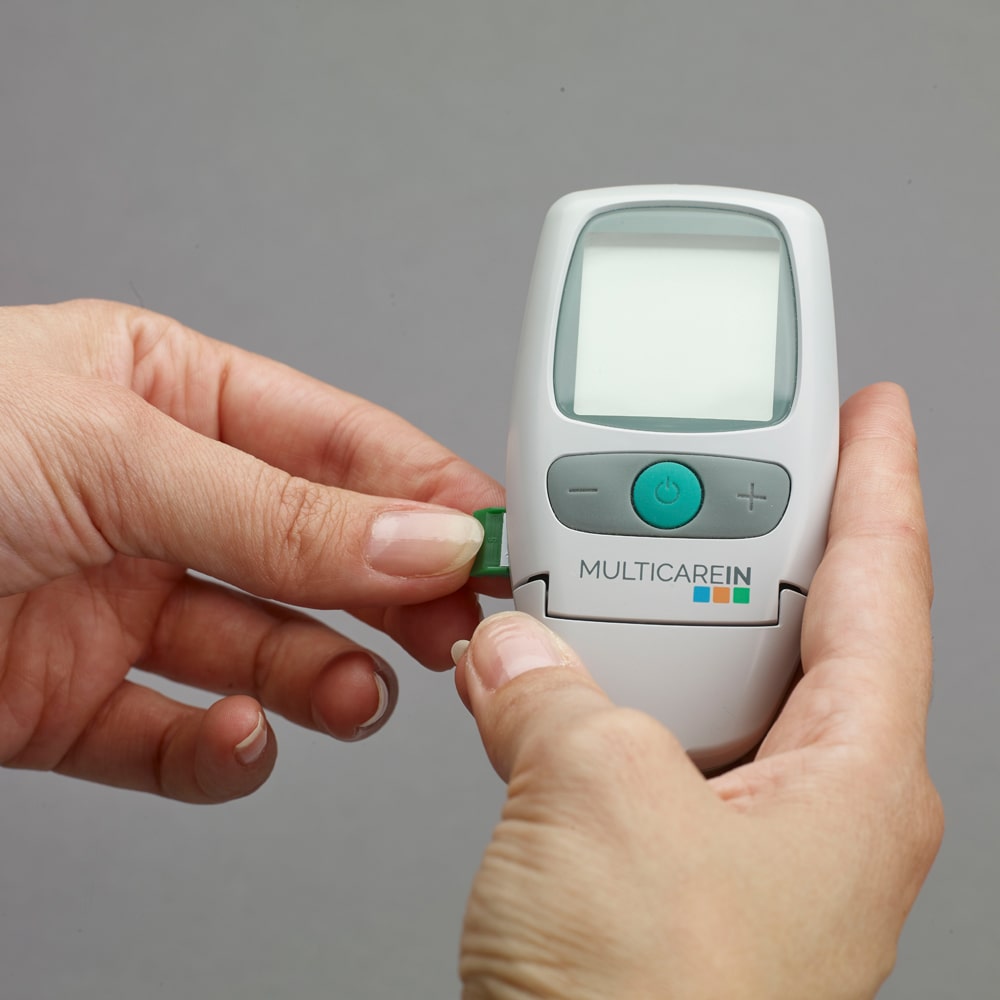
Glucometer Diabetes Sugar Hypoglycaemia Under-glucose
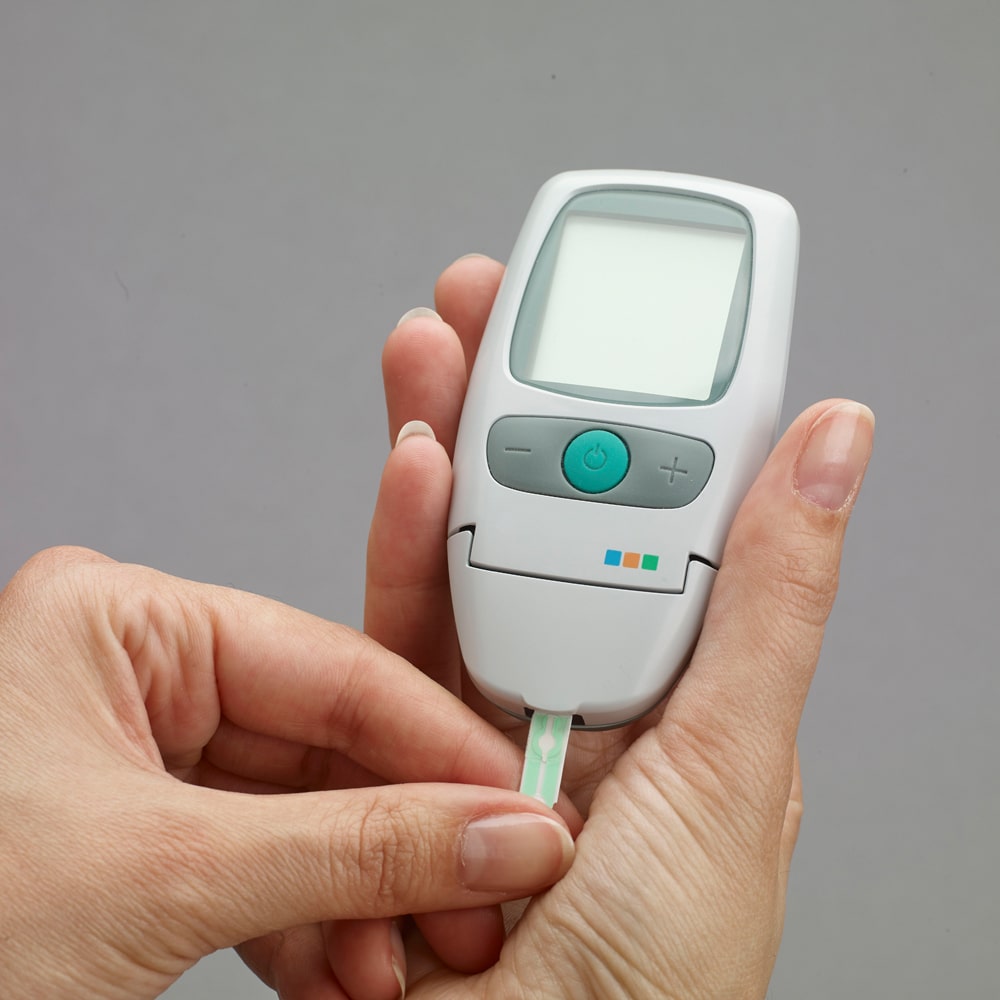
Glucometer Under-glucose Diabetes Sugar Hypoglycaemia
Symptoms during sleep
Diabetics often worry about suffering hypoglycaemia while sleeping. It is true that hormonal gene regulation does not work as well during sleep as it does during the day. The symptoms of hypoglycaemia at night are identical to those during the day. However, they often go undetected during sleep. So, it can happen that you feel weak the next morning. In this case, it is advisable to talk to your doctor about it. Adjusting your diabetes medication and avoiding food intake just before sleep, late evening exercise and alcohol can be helpful.
Causes and possible sequelae of hypoglycaemia
Hypoglycaemia is usually counteracted by the conversion of glycogen into glucose. This release of glucose from the body’s stores is done with the help of hormones. However, this mechanism for regulating blood glucose levels is only functional to a limited extent or not at all in some people. This may be due to a hormone deficiency or because the body’s glycogen stores are completely depleted.
The blood sugar is used up quickly, especially during physical exertion. This can result in hypoglycaemia. Despite these circumstances, diabetics are perfectly capable of doing sports, as long as they eat enough food.
Diabetes is the most common cause of hypoglycaemia. However, it is not uncommon for people with hormonal or metabolic disorders and liver disease to be affected.
Hypoglycaemia in diabetics
Actually, the problem with diabetes patients is that their blood sugar level is permanently elevated. The blood sugar-lowering hormone insulin is either not effective in diabetics or is not secreted at all. So it actually seems illogical that it is precisely this group of people that is most often affected by hypoglycaemia. So how does a drop in blood glucose levels occur?
Incorrect use of medication
In most cases, incorrect therapy is responsible for a drop in blood glucose levels in diabetics. In diabetes mellitus, blood sugar-lowering preparations are prescribed, which are administered either orally or with injections.
In the case of oral medications, it is mainly the so-called sulphonylureas, such as glibenclamide, which can trigger hypoglycaemia in the case of an overdose. When taking these drugs, the pancreas increases the production of the blood-lowering hormone insulin.
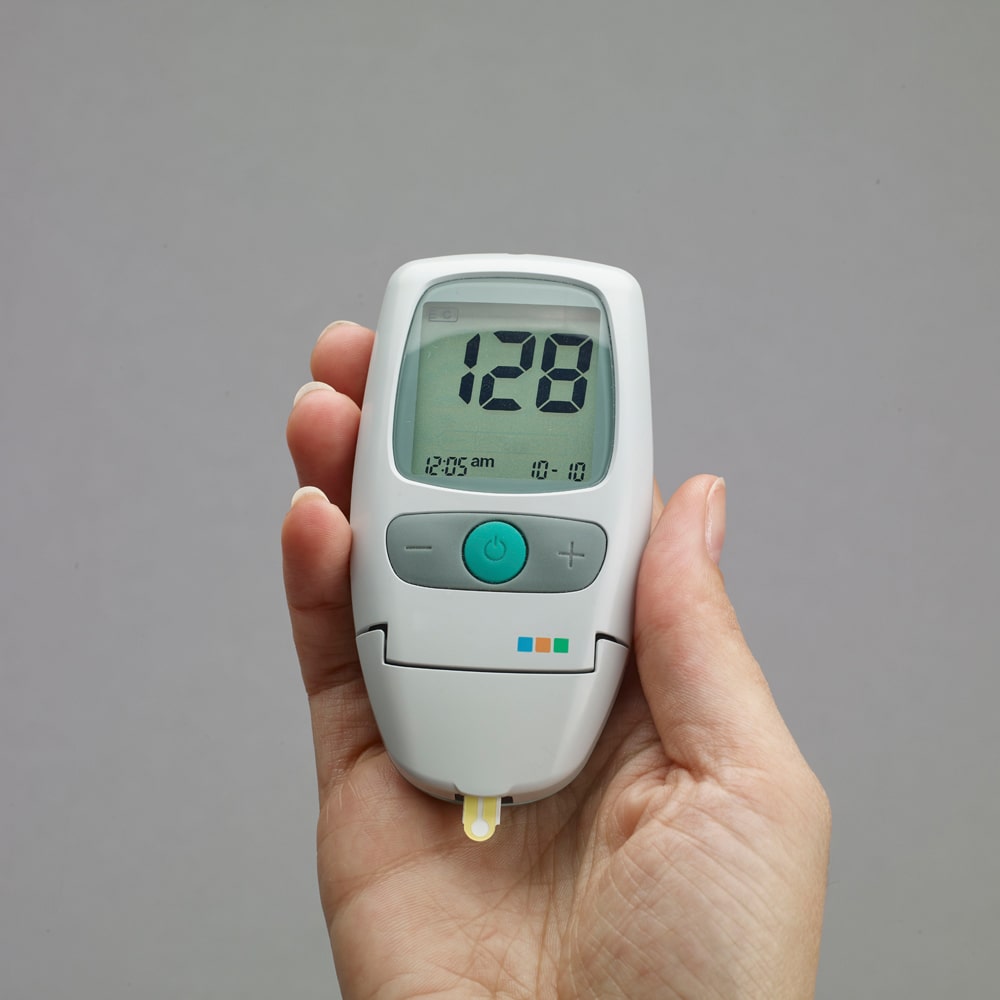
Glucometer Diabetes Sugar Hypoglycaemia
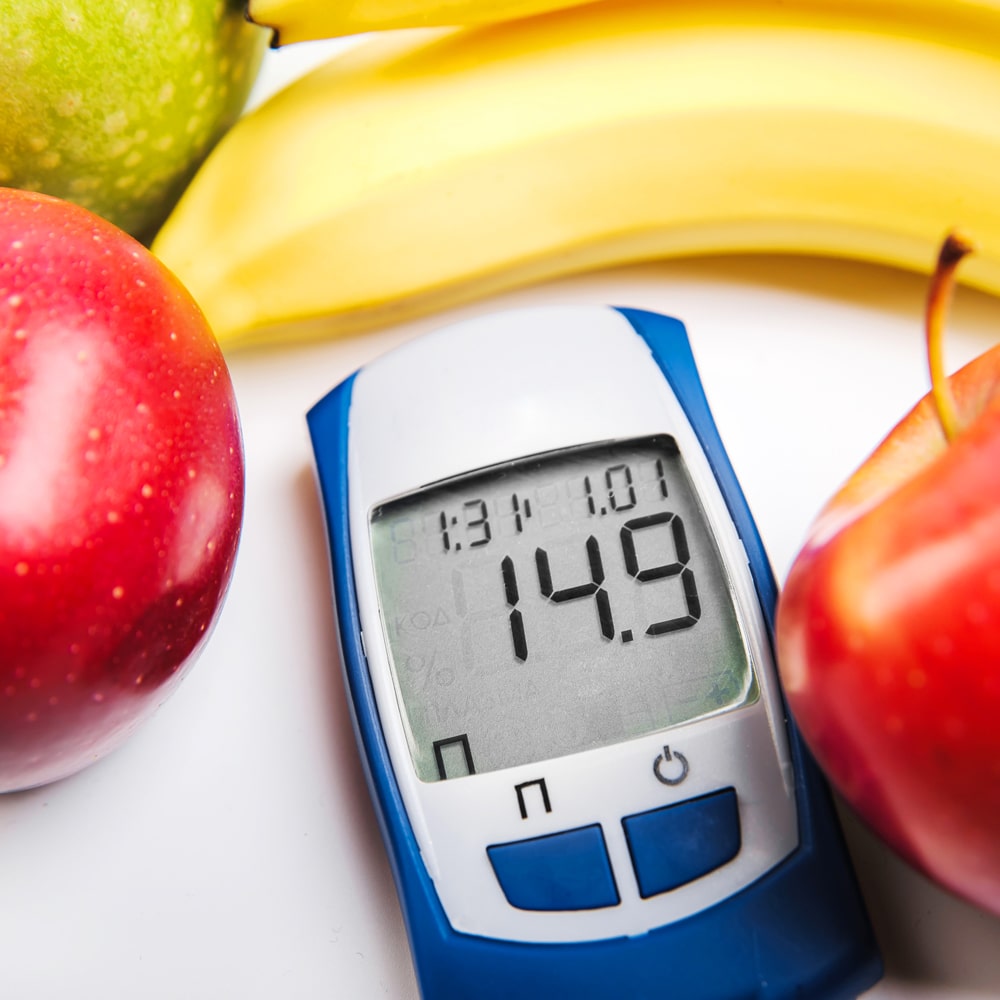
Blood glucose measurement Hypoglycaemia
Normally, diabetics inject themselves with insulin. The dosage of insulin is adjusted to the amount of carbohydrates in a meal and the amount of physical activity. Simple calculation errors or misjudgements can therefore easily lead to an overdose of insulin and thus to hypoglycaemia.
When injecting insulin, however, it is not only the dosage that is decisive. The time interval between administration and meal is also of particular relevance. For example, the blood glucose level could drop too early if the insulin is injected too soon or if gastric emptying is greatly delayed. Hypoglycaemia can also occur if a diabetic administers an injection before a planned meal and yet does not eat.
The site at which the injection is administered is also particularly important. For example, if the insulin is injected into the muscle instead of the subcutaneous fat tissue, the hormone reaches the body’s bloodstream much more quickly.
Hypoglycaemia due to alcohol influence
There are many other factors that also have a negative influence on the blood sugar level. Alcohol is one of them. It reduces the release of glucose in the liver and thus increases the risk of hypoglycaemia.
Hypoglycaemia through sport
Physical exertion through sport, for example, also lowers blood glucose levels. The additional intake of blood sugar-lowering medication can therefore cause hypoglycaemia.
Hypoglycaemia and the thyroid gland
The thyroid gland also has a significant influence on blood glucose levels. Hypoglycaemia can also be caused by an underactive thyroid gland, which may not have been detected. In the case of a malfunction, the cells react much more sensitively to insulin. As a result, glucose enters the cells much more quickly.
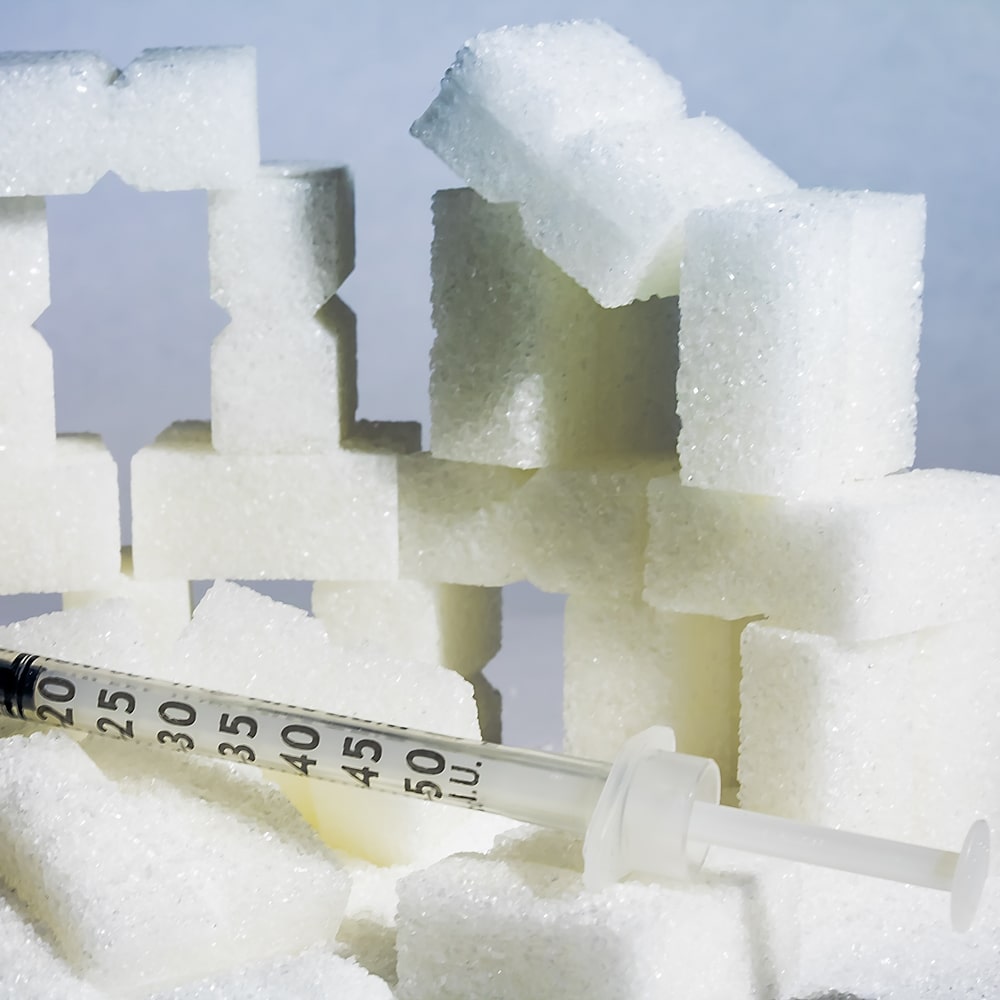
Diabetes Sugar and Insulin Injection Hypoglycaemia Hypoglycaemia
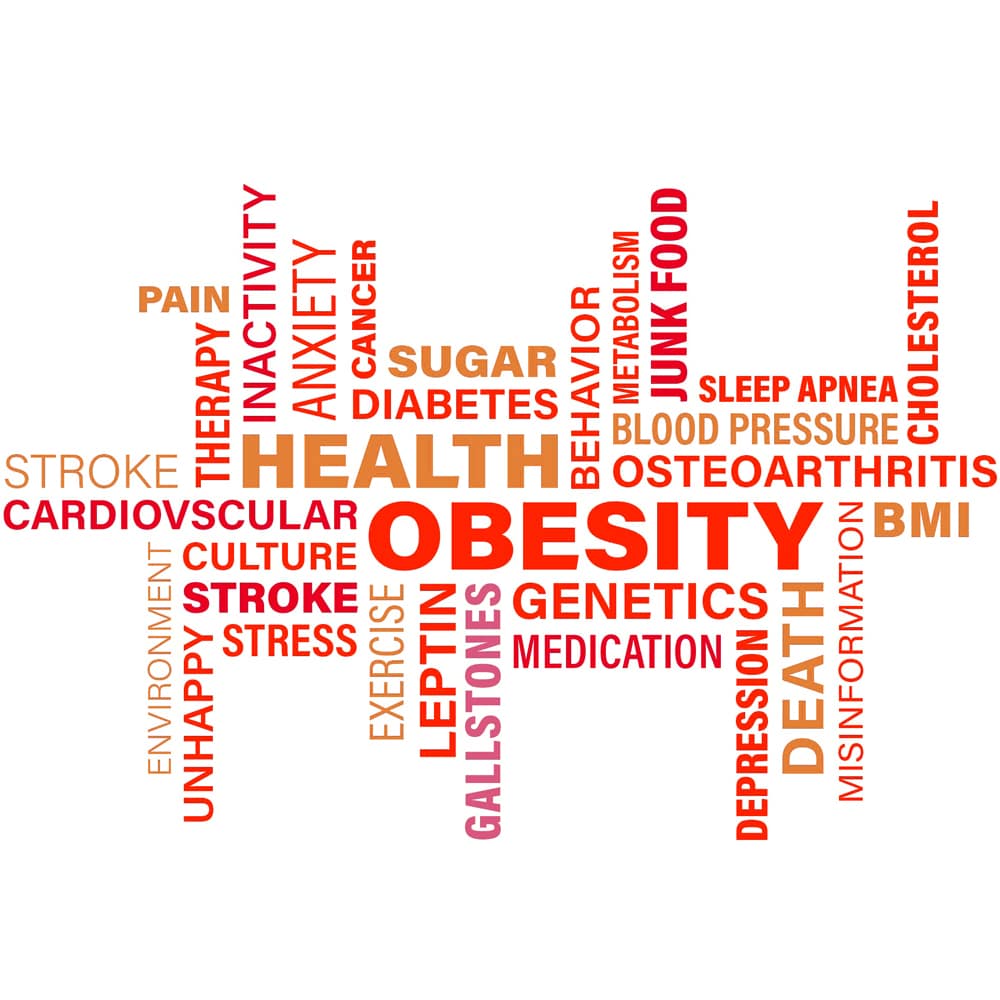
Hypoglycaemia Obesity Diabetes
Increased production of insulin
At the beginning of a diabetes disease, there is often an excessive production of insulin. This is the body’s attempt to compensate for the weak effect of the hormone. Due to the high amount of insulin released after food intake, far too much glucose enters the cells of the organism. In medicine, this process is called “postprandial hypoglycaemia”.
Hypoglycaemia in healthy people
Although hypoglycaemia mainly occurs in diabetics, it is also common in people without diabetes.
Hormone disorder as a cause of hypoglycaemia
Hypoglycaemia can also be caused by different hormone disorders. In this context, however, it usually occurs together with other symptoms. One example is the underactivity of the so-called adrenal cortex. The latter is responsible for the production and release of hormones that should normally prevent hypoglycaemia. However, if this hormone production is impaired, the risk of hypoglycaemia is significantly higher.
The adrenal cortex is not independent. It is controlled and regulated by the so-called pituitary gland. So, if the function of the pituitary gland is also limited, the production of hormones cannot take place correctly. In addition, the pituitary gland itself produces two hormones (somatotropin and TSH) that also influence blood sugar levels. For this reason, hypofunction of the pituitary gland is often associated with hypoglycaemia.
Furthermore, so-called insulinomas are capable of triggering hypoglycaemia. These are very rare, benign tumours in the pancreas that occasionally secrete insulin uncontrollably.
Although glucagon is largely responsible for the glucose concentration in our blood, a glucagon deficiency alone cannot usually be the trigger for hypoglycaemia.
Fasting and dieting as causes of hypoglycaemia
An incorrect diet can increase the risk of hypoglycaemia. This includes, for example, particularly strict diets or extreme fasting. However, this does not mean that going without a meal once directly leads to hypoglycaemia. The body can usually compensate for a short-term lack of glucose with sufficient reserves without any problems. If there are other risk factors, such as the influence of alcohol or the use of medication, one should ensure an adequate intake of carbohydrates at an early stage.
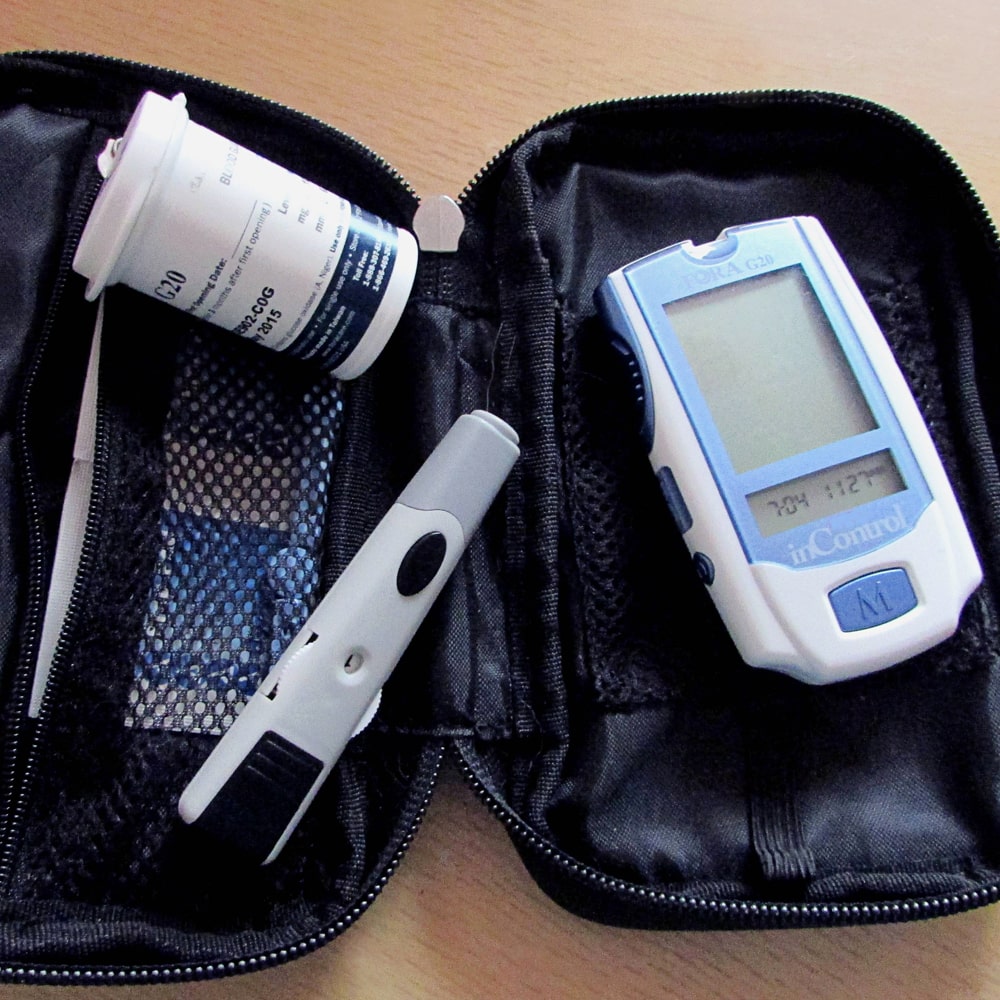
Hypoglycaemia Diabetes Blood Glucose Meter and Test Strips
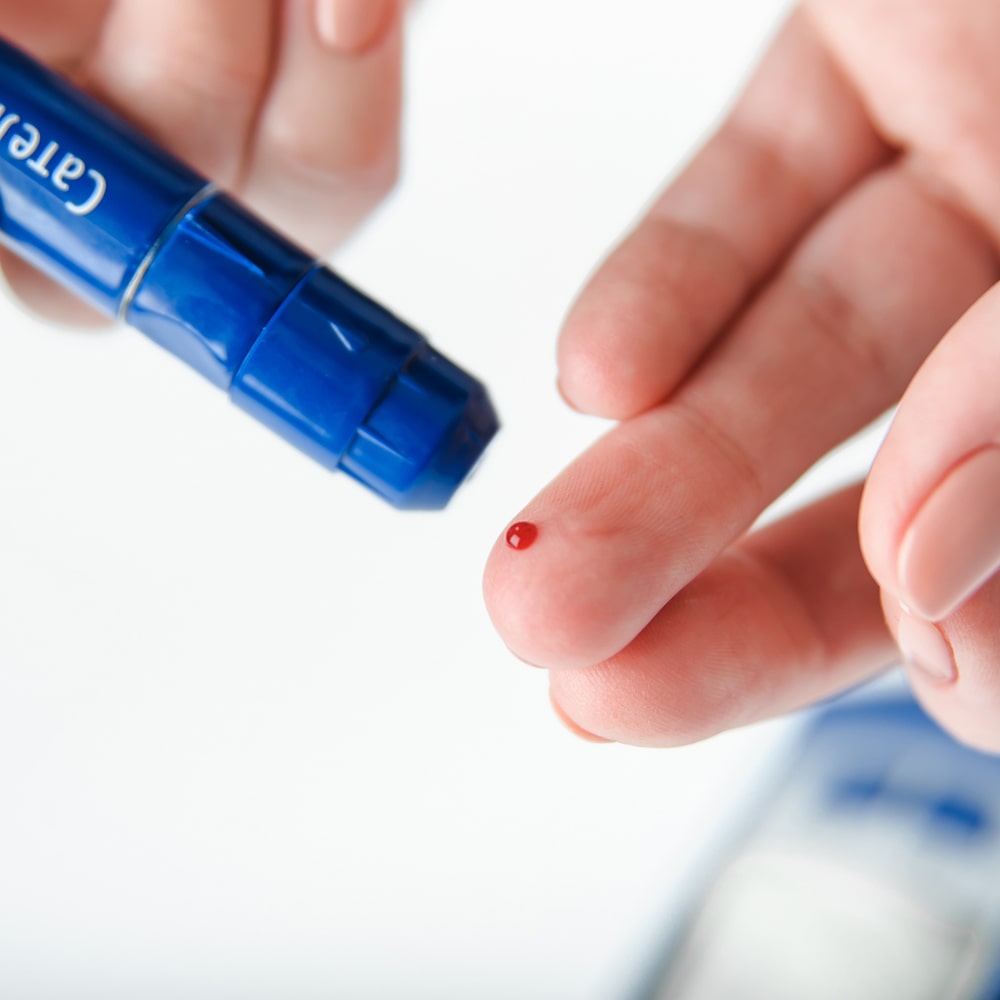
Blood Glucose Measurement Diabetes Hand and Glucometer Hypoglycaemia
In addition to the causes of hypoglycaemia mentioned above, there are a number of other potential triggers.
These include:
- Prolonged abuse of alcohol: often associated with malnutrition, alcohol itself causes a drop in glucose concentration in the blood.
- Diabetes during pregnancy: Permanently elevated glucose levels in the mother lead to increased insulin production in the foetus. After birth, the new born often suffers from hypoglycaemia.
- Dumping syndrome: This condition is common in people who have had part of their stomach removed. Ingested food suddenly enters the intestine in large quantities. The blood sugar level rises sharply and insulin production increases. This often results in hypoglycaemia.
- Various medications, for example antibiotics or beta-blockers, can also trigger hypoglycaemia in combination with other risk factors.
- Serious liver diseases that impair the conversion of glycogen into glucose prevent compensation for low blood sugar levels.
- Reactive hypoglycaemia: If too much sugar is consumed at once, the body reacts with a marked increase in insulin secretion. As a result, the blood sugar level drops so much that hypoglycaemia can occur.
- Metabolic disorders: Impaired glycogen build-up or storage of glucose, for example, due to diseases of the carbohydrate metabolism, are potential triggers of hypoglycaemia.
- Impaired food intake, e.g., coeliac disease: The body cannot absorb enough glucose from the intestine.
Diseases with this symptom
The symptom can occur with the following diseases:
- Pancreatic cancer
- Diabetes mellitus
- Fructose intolerance
- Metabolic syndrome
Correct reaction to hypoglycaemia
Mild hypoglycaemia (with symptoms such as dizziness, palpitations, pallor), which also occurs occasionally in non-diabetics, can usually be counteracted by simple measures. Often, the consumption of glucose or sweetened drinks is already sufficient to bring the blood sugar back to a stable level. If the affected person’s condition still does not improve after some time, play it safe and call the emergency doctor.
If the affected person suffers from particularly severe hypoglycaemia, unconsciousness may occur. In this case, the patient must immediately be placed in the recovery position. Then call the emergency doctor!
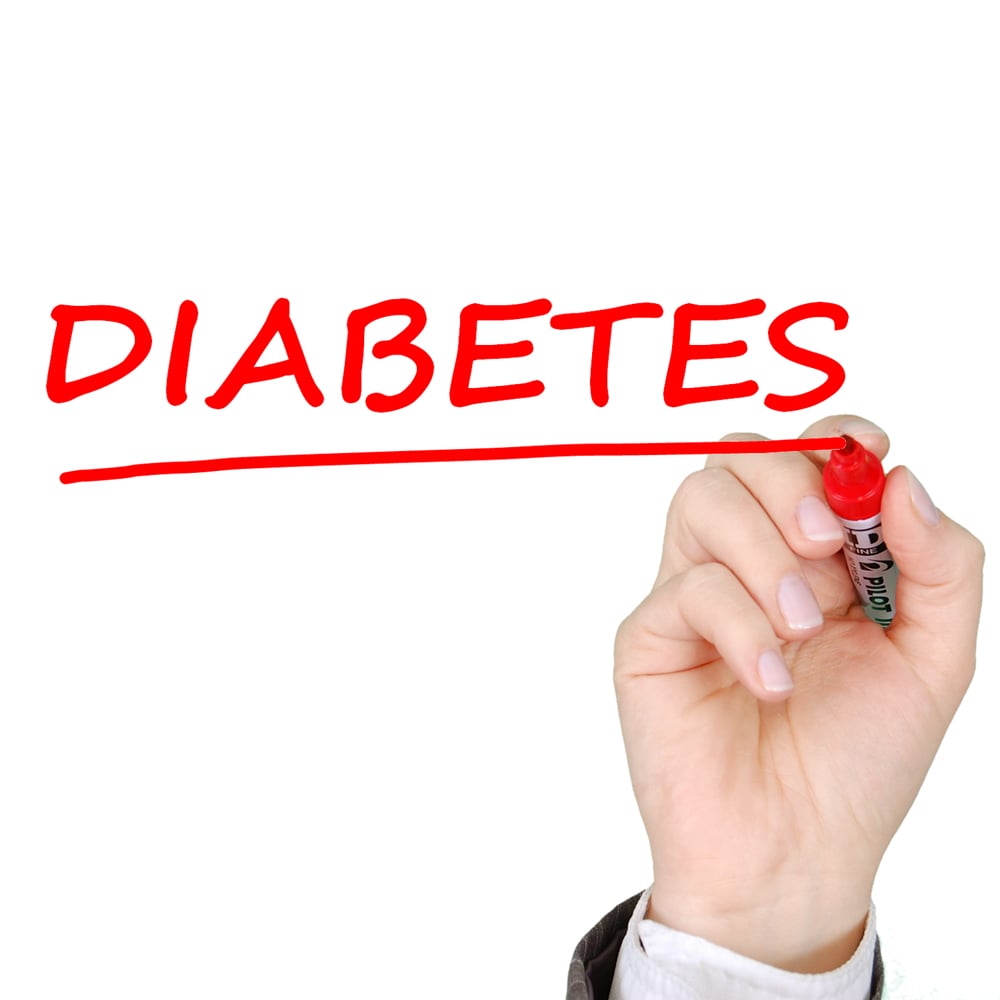
What is hypoglycaemia?
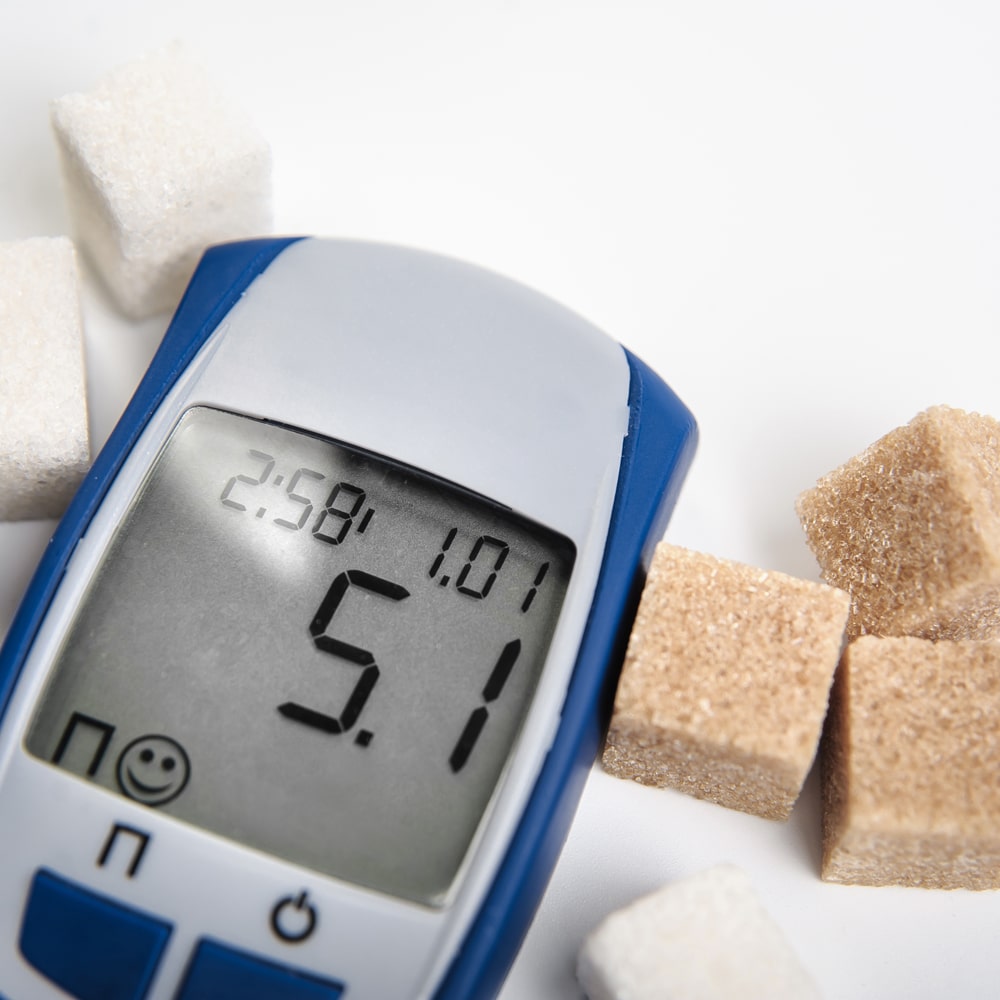
Low blood sugar Hypoglycaemia
First aid for hypoglycaemic diabetics
Diabetics are most often affected by hypoglycaemia. For this reason, most of them are well prepared for such an incident. A blood glucose meter is usually at hand at all times. If hypoglycaemia is suspected, it is advisable to measure the blood glucose level first. This makes it easy to determine the extent of the hypoglycaemia. The necessary measures depend on the result of the measurement:
Mild hypoglycaemia ( 40-50 mg/dl )
Normally, diabetics can act on their own in the case of mild hypoglycaemia:
- Consume glucose (20 grams is usually sufficient).
- Drink a glass (about 200 ml) of sweetened drink such as cola or juice
- After about 15 minutes, the blood sugar should be measured again. If the value is still not above 50 to 60 mg/dl, it is advisable to consume more glucose or drinks.
- If the blood sugar level improves, it can be helpful to stabilise it with a small meal containing carbohydrates. For example, some bread, sweetened yoghurt or fruit is suitable for this.
- Call an emergency doctor immediately!
- Place the affected person in the recovery position.
- Remove any food residue or loose dentures from the mouth.
- If a glucagon syringe is within reach, you can inject one milligram of glucagon under the skin or directly into a muscle (e.g., thigh muscle).
- If the person regains consciousness, eating glucose or sweetened drinks may improve the condition
Caution: Never inject anything into an unconscious person. Since the swallowing reflex no longer functions in the case of deep unconsciousness, there is an acute danger of suffocation!
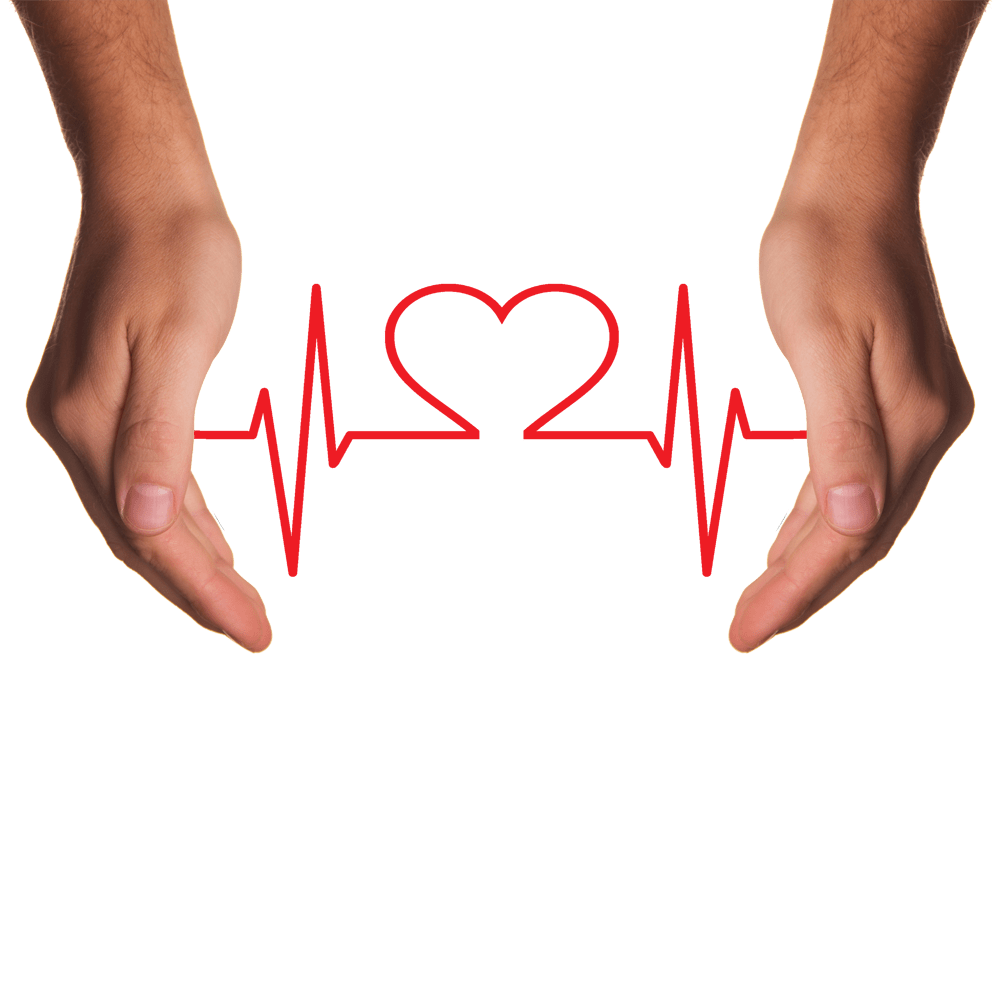
Hypoglycaemia Low blood sugar Diabetes
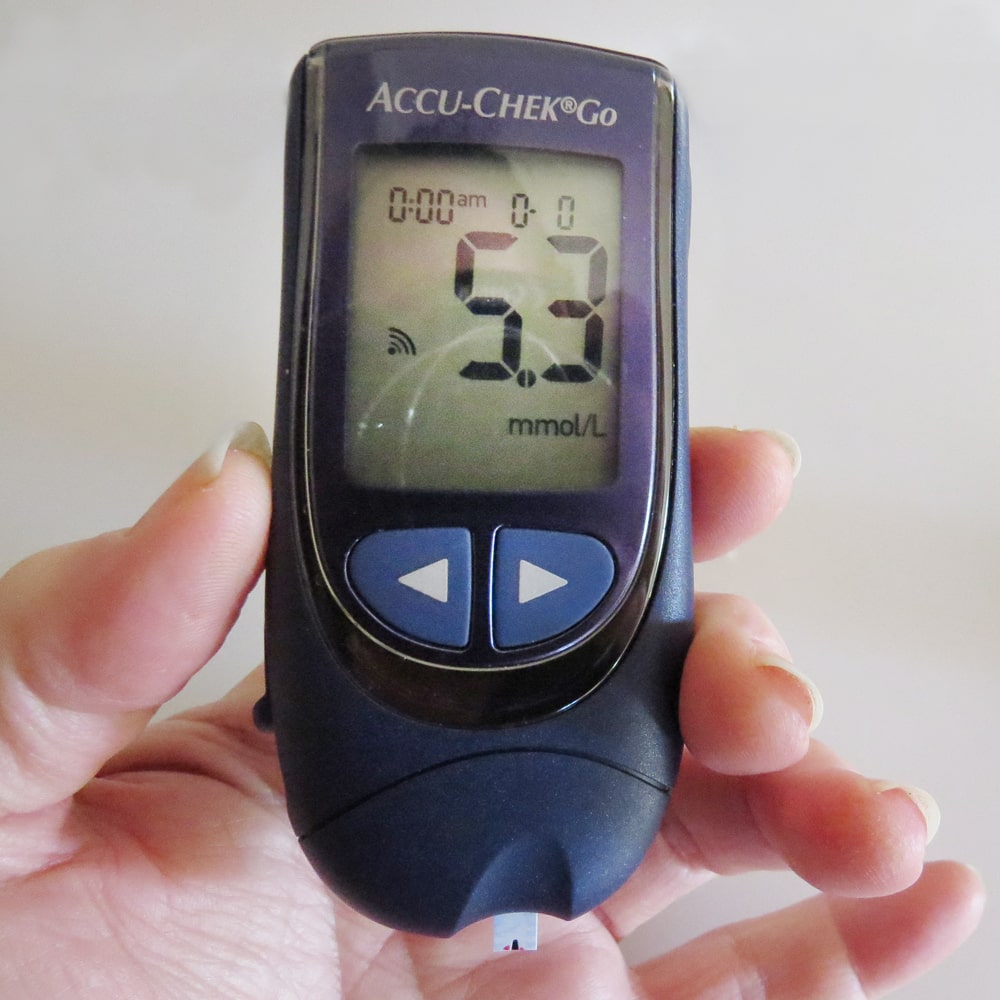
Diabetes and hand to measure blood glucose hypoglycaemia
What measures does the doctor take in case of hypoglycaemia?
A particularly pronounced hypoglycaemia is a potentially life-threatening condition. It should always be treated by a doctor. In the worst case, an ever-increasing hypoglycaemia can lead to a so-called glycaemic shock. This may even result in a coma after previous unconsciousness. For this reason, you should always call an emergency doctor in case of severe hypoglycaemia with unconsciousness.
The medical history
The symptoms of hypoglycaemia can often be related to other diseases and health conditions. To make sure that it is really hypoglycaemia, doctors usually take a so-called medical history. The medical history is important information about a patient’s health history. Often the doctor wants to find out which previous or underlying diseases (e.g., diabetes) exist, whether and which medications the person concerned is taking or whether alcohol consumption has preceded the condition.
Measuring blood sugar
A particularly pronounced hypoglycaemia is a potentially life-threatening condition. It should always be treated by a doctor. In the worst case, an ever-increasing hypoglycaemia can lead to a so-called glycaemic shock. This may even result in a coma after previous unconsciousness. For this reason, you should always call an emergency doctor in case of severe hypoglycaemia with unconsciousness.
The medical history
The symptoms of hypoglycaemia can often be related to other diseases and health conditions. To make sure that it is really hypoglycaemia, doctors usually take a so-called medical history. The medical history is important information about a patient’s health history. Often the doctor wants to find out which previous or underlying diseases (e.g., diabetes) exist, whether and which medications the person concerned is taking or whether alcohol consumption has preceded the condition.

Diabetes and hand to measure blood glucose hypoglycaemia
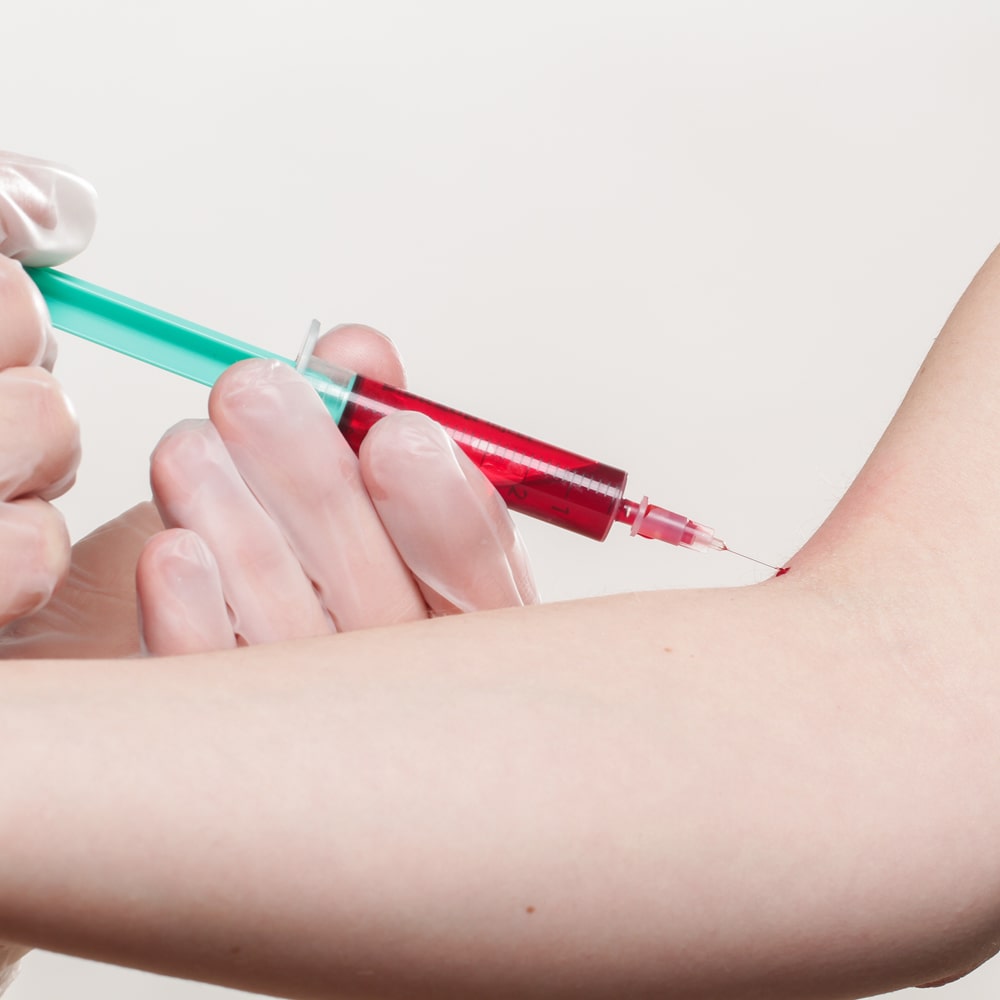
Blood glucose control Blood draw Glucose HBA1
Measuring blood sugar
It is especially important to measure blood glucose levels as regularly as possible. The devices used for this purpose are usually easy to use and provide a reliable result in just a few minutes.
Dextrose
If the suspicion of hypoglycaemia is confirmed, the doctor usually administers glucose to the patient. If the person is still conscious, the required glucose is usually ingested as dextrose. Sweets or sugary drinks are also sufficient in most cases. However, depending on the composition of this food, the blood glucose level can rise differently, sometimes very slowly.
Glucose infusion
In the case of a particularly severe hypoglycaemia accompanied by disturbances of consciousness, vomiting and nausea, the doctor must administer the glucose as an infusion. To prevent an overdose of glucose, the blood glucose level is checked regularly during the infusion.
Giving glucagon
Another measure to help the blood sugar level rise again quickly is the administration of glucagon. However, the latter only works if the glycogen stores are still full. As long as the patient has not exercised excessively or fasted, this is usually the case. In people with a glycogen metabolism disorder or after increased alcohol consumption, however, glycogen does not work.
Important examinations
The following, particularly important examinations are helpful for the doctor to find out possible causes of the respective complaints:
- Blood sugar check Blood sample glucose HBA1
- Blood test (glucose, HBA1), liver and pancreas values, insulin antibodies, C-peptide, thyroid values, etc.
- Sonography of the abdomen
- Urine test
- H2 breath test
- ERCP, short for an X-ray examination of the bile ducts, pancreas and gallbladder and its ducts
At what point is hypoglycaemia life-threatening?
This question cannot be answered exactly. There are many factors, such as the duration of the hypoglycaemia, that are decisive for this.
However, hypoglycaemia is rarely fatal. In general, according to statistics, a particularly severe hypoglycaemia does not even occur in one in 100 type 2 diabetics per year. However, this figure is higher for the rarer type 1.
The risk groups for severe hypoglycaemia include not only people over 70 years of age, but also people who eat poorly, take a lot of medication, are alcoholics or suffer from kidney weakness.
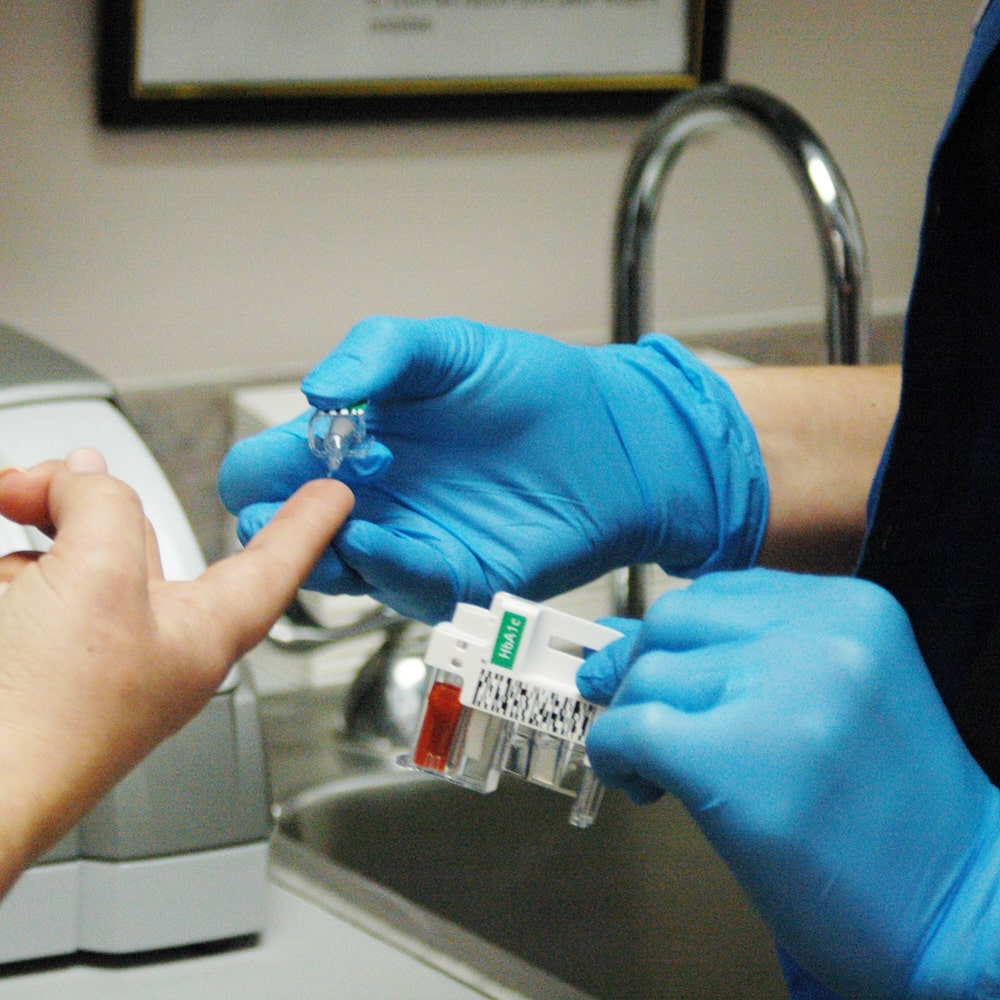
Blood glucose control Blood sampling Glucose test
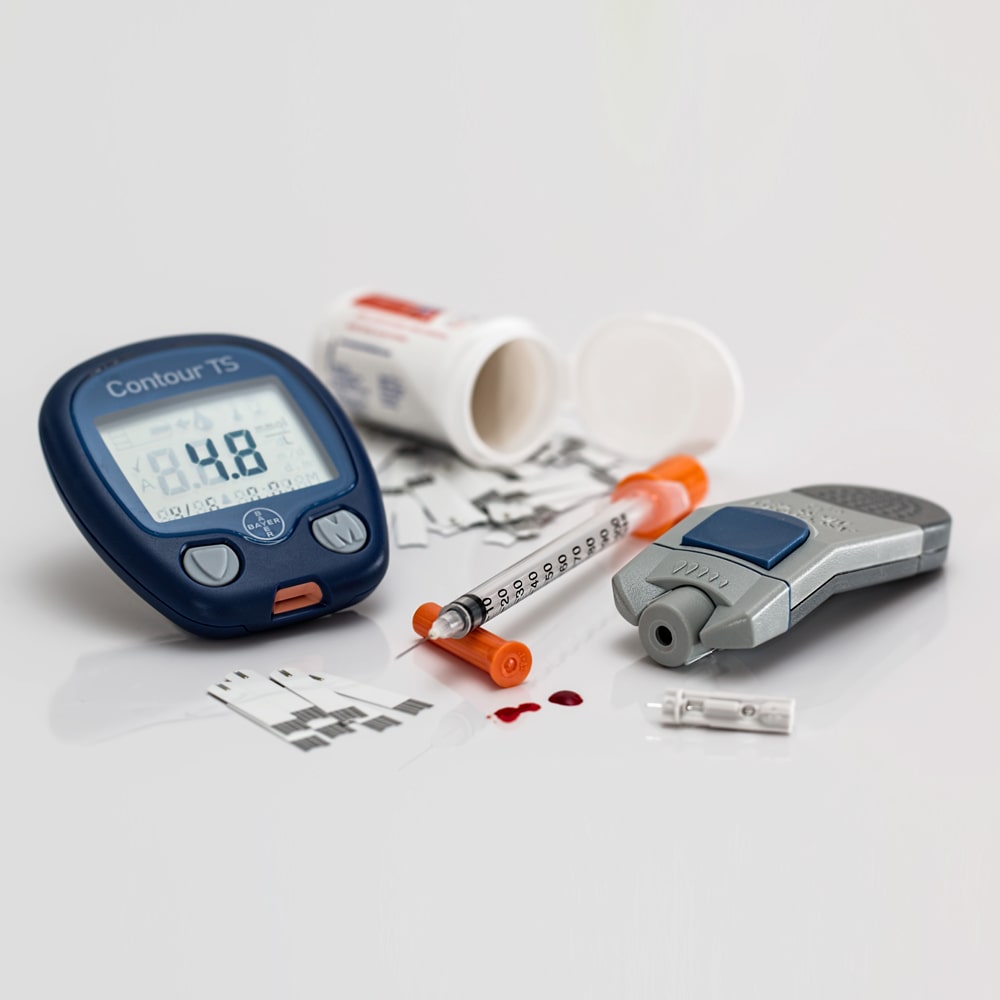
Low blood sugar Hypoglycaemia Measuring device Insulin syringe
How blood sugar is regulated by the body
Every cell in our body needs to be supplied with energy. The body obtains energy from various nutrients that it uses. The sugar molecule glucose is the most important of these energy sources. Humans absorb carbohydrates, as sugar compounds, with their food. In the digestive tract, these are processed into glucose and then absorbed by the bloodstream. Insulin is primarily involved in this process.
The body also has ways of producing energy through the breakdown of fat and protein. However, to ensure a quick supply of energy, a direct supply of carbohydrates is crucial.
Nerve cells in the brain and spinal cord are particularly threatened by low blood sugar (hypoglycaemia), as they only obtain their energy by breaking down glucose (glycolysis).
Regulation of blood glucose levels in the body
The blood sugar level should be neither too low nor too high. Since the body lacks the energy, it needs in the event of hypoglycaemia, it is important that the blood sugar level remains constant within a narrow range.
Too high a glucose concentration in the long-term causes damage mainly to blood vessels and nerve cells.
Glucagon and insulin are the control hormones
The hormones insulin and glucagon normally control blood glucose levels automatically.
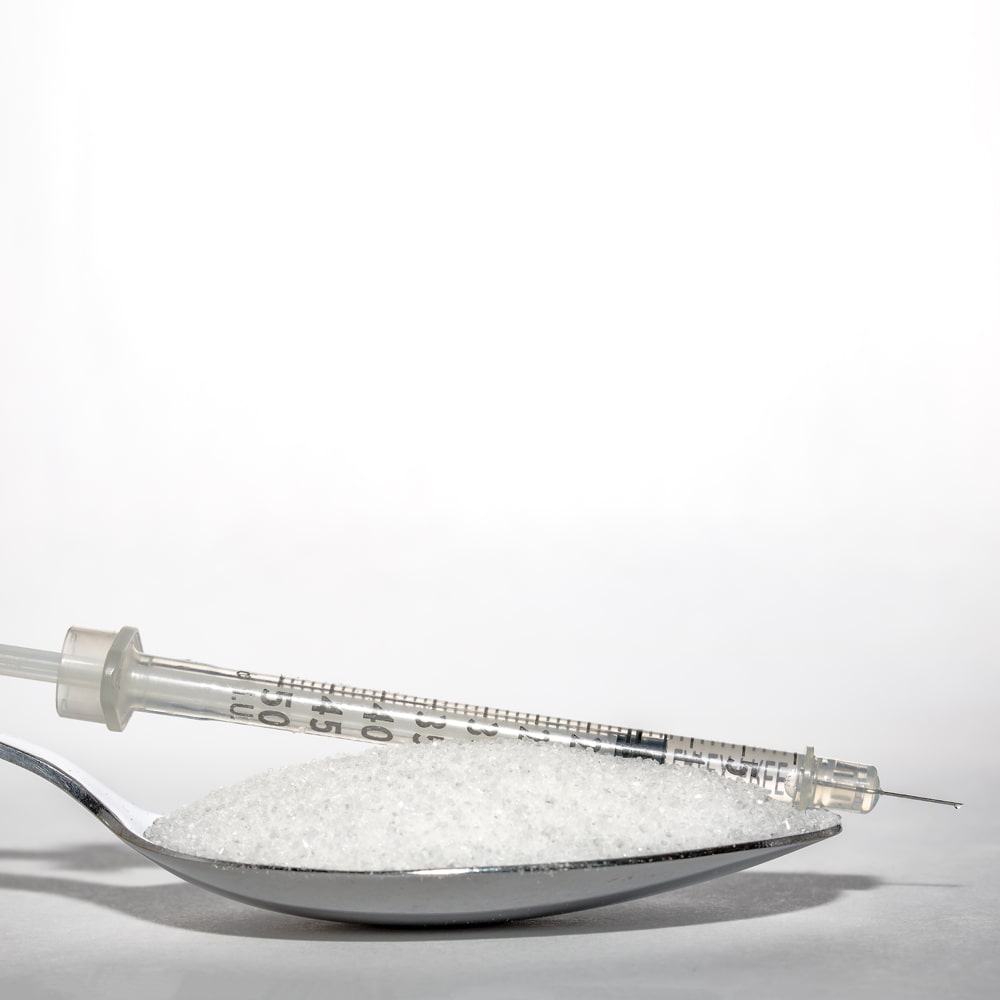
Hypoglycaemia Diabetes Sugar and insulin injection
Insulin is produced by the pancreas. As a hormone, only insulin can lower the concentration of sugar in the blood. It ensures the absorption of sugar in fat, liver and muscle cells. Glycogen is a storage form of sugar and connects many glucose molecules in the liver and muscle cells. After ingesting food, the body secretes insulin, which is then released from the digestive tract into the blood in large amounts of glucose.
Glucagon causes a rise in blood sugar levels and is the antagonist of insulin. When the blood sugar level is low, it is mainly released between meals. It primarily acts on the liver where the formation of new sugar takes place and promotes the breakdown of glycogen. Glucagon inhibits the breakdown of sugar (glycolysis). As a result, the newly formed glucose is not used up again in the liver cells and is released into the blood. The release of glucagon is inhibited by a high glucose level.
Adrenalin, cortisol, thyroxine (thyroid hormone) and somatotropin (STH), a growth hormone, increase the blood sugar level.
NO PROMISE OF CURE AND DISCLAIMER OF LIABILITY
The information on our web pages has been selected with care. The procedures and details on the various topics presented on these pages do not represent a promise of a cure and in no way replace a visit to the doctor. It is purely information about possibilities from which no healing promises of any kind can or should be derived.
Stevia Group assumes no liability and does not make any medical diagnosis or provide any medical treatment.
It is your own responsibility to consult a doctor for a medical diagnosis or treatment.